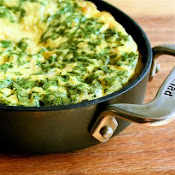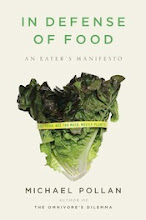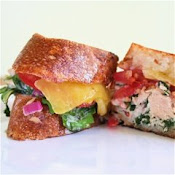Mini Rum Bundt Cakes
Yield=6 mini cakes Serves 12
For Cake:
10 tablespoons (5 oz) unsalted butter, room temperature plus more for the pan
¾ cup + 2 tablespoons granulated sugar
1 yolk
2 eggs
1 cup + 2 tablespoons (5.5 oz) all-purpose flour plus more for the pan
¾ teaspoon baking powder
¼ teaspoon table salt
2 tablespoons milk
3 tablespoons rum
¾ teaspoons vanilla extract
For Glaze:
8 tablespoons (4 oz) unsalted butter
½ cup sugar
¼ cup rum
For a fun touch, or a festive Valentine's Day dessert, add a pink glaze:
1¼ cup confectioners' sugar
3 tablespoons brandy
3 tablespoons rum
1-2 drops pink food coloring
In the bowl of a standing mixer fitted with the paddle attachment, cream the butter and sugar until light and fluffy. Add the yolk, and beat until smooth. Add the eggs one at a time, blending after each addition. In a small bowl, whisk together the flour, baking powder and salt. In another small bowl combine the milk and rum. Add half the flour mix to the mixer and blend until just smooth. Add half the milk mixture and blend until smooth. Add the rest of the flour and again blend only until just combined. Add the rest of the milk mixture and blend until smooth. Finally add the vanilla and blend until smooth.
Divide the batter evenly among the six molds and place in oven. Bake the cakes for 25 minutes.
Meanwhile prepare the glaze. Gently heat butter, sugar and rum until butter has melted and sugar has dissolved. Set aside.
After the 25 minutes, remove the cakes from the oven and test for doneness. It may look wet and spongy but still test with a paring knife. If the inserted knife emerges clean, the cakes are done. If not, return pan to the oven, checking every 2 minutes.
When cakes are done, remove from oven and spoon about 1 tablespoon of rum glaze (the first glaze listed above) on top of each cake. Let cakes cool in pan for 20 minutes before turning out onto a cooling rack. Brush a layer of glaze on top of each bundt cake, let harden (about 10 minutes) and then paint another layer on. Repeat until all of the glaze is gone.
Cut a small slit in the bottom of the cake and insert a saran-wrapped small coin into the slot. When ready to serve, divide the cake equally between the number of participants (hopefully no more than 2 per cake), enjoy your small portion and discover who is the lucky recipient of the coin. Make New Year’s resolutions and enjoy!
At this point, if desired, the pink glaze can be added on top of the first rum glaze. Whisk all ingredients together until smooth. Spoon glaze into center and gently push out with the back of the spoon so that the glaze falls down the sides of the cake.
Note: To make a normal sized Bundt cake, just double the ingredients for the cake, not for the glaze.
For more information about the Vasilopita Tradition visit: http://www.stbasil.goarch.org/about/vasilopita.asp
















